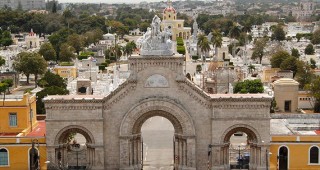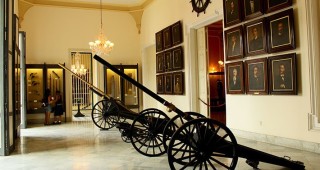This street stretches for eleven blocks from Amistad to Belascoaín (Padre Varela) streets. It was originally called Camino de San Antonio Chiquito or Camino de San Luis Gonzaga by locals. Later, people started calling it El Mentidero (Spanish for “place for liars”) because politicians at the time used to give speeches here. After being renovated in 1844, the street was renamed Reina in honor of Queen Isabel II. In 1918, it was renamed as Avenida Bolívar, but Habaneros have kept calling it Reina.
There are several notable colonial houses on Reina Street. There are also Art Nouveau buildings such as the house featuring the Cetro de Oro (Golden Scepter) and Casa Crusellas, which features modern elements in its interiors. At the corner with Gervasio Street is the Gothic Sagrado Corazón de Jesús Church built by the Jesuits between 1914 and 1923. There are also examples of Art Deco homes and public buildings, such as the Reina movie theater and the Ultra Department Store.




 Eclectic
Eclectic






